Parents take their children to Children's Hospital 2 in Ho Chi Minh City for a check-up. Photo: GIAO LINH
According to the Ho Chi Minh City Center for Disease Control, last week, the city recorded 405 cases of hand, foot and mouth disease, bringing the total number of cases since the beginning of the year to 20,299. This is a disease transmitted through both the respiratory and digestive tracts, and tends to increase at the beginning of the school year. In recent days, many parents have brought their children to Children's Hospital 2 in Ho Chi Minh City to be examined. Ms. Tran Thanh Lan (living in Dong Nai ) said that her 5-year-old daughter had a fever and runny nose after just one week of school, and had a red rash on her hands and feet. After two days of the child's fever not going away, Ms. Lan decided to take her child to Ho Chi Minh City for a check-up, in case the disease got worse. "When I went to the hospital, I saw that there were too many sick children, and the rainy and windy weather was also unusual, so children could easily fall ill," she said.
Dr. Tran Nguyen Khoi, Deputy Head of the Examination Department, Children's Hospital 2, Ho Chi Minh City, analyzed that the school year is the time when children return to school after 3 months of summer and increase their contact with friends and teachers. The beginning of the new school year also coincides with the change of seasons, with morning sun and afternoon rain, causing pathogens to grow and develop. Crowded environments and many interactions are favorable for infectious pathogens to spread. In children, the immune system and resistance are still immature and incomplete, so it is easier to get sick when in close contact. Although not an epidemic, infectious diseases in young children during this period will increase, mostly diseases such as upper respiratory tract infections, lower respiratory tract infections, hand, foot and mouth disease, measles, digestive disorders, diarrhea, etc. "Hand, foot and mouth disease in particular can be transmitted through the digestive tract and respiratory tract, so it is easy to spread and infect young children. Therefore, it is necessary to pay attention to prevention by personal hygiene and washing hands thoroughly," Dr. Tran Nguyen Khoi shared. Doctors also warn that respiratory diseases will increase from now until the end of the year because children are very sensitive to changes in weather. The younger the age group, the more susceptible they are to illness and complications.
At the National Children's Hospital (Hanoi), the number of children coming to see a doctor for seasonal flu has increased, and many cases have had to be hospitalized due to complications of pneumonia. According to Dr. Dao Huu Nam, Head of the Intensive Care Department, Tropical Disease Center, National Children's Hospital, flu often increases during the changing seasons, especially from September to April of the following year, coinciding with the time when students return to school. Children are the group most susceptible to flu due to their incomplete immune systems, poor personal hygiene habits, and frequent close contact with friends. Worryingly, by 2025, seasonal flu is predicted to have a more complicated progression, with many cases of complications requiring ventilators and intensive care, putting pressure on the health system.
According to Dr. Nguyen Thi Kim Anh, Deputy Head of the Department of Child Health - On-demand Clinic, Children's Hospital 2, Ho Chi Minh City, many infectious diseases now have vaccines. Vaccination on schedule and in sufficient doses is a proactive disease prevention measure, helping children reduce the risk of disease, especially in children with underlying diseases. At the same time, parents need to proactively prevent diseases for children by measures such as ensuring nutrition, eating cooked food and drinking clean water, personal hygiene and living environment. Instruct children to wear masks when going to public places and coming into contact with infected people. For diseases that do not have vaccines, schools and parents need to pay attention to hand hygiene and keep children's school supplies and tools clean to avoid the risk of infection. In particular, when teachers detect signs of fever, cough, and runny nose in young children, they need to inform parents to take their children to the doctor as soon as possible and update the situation with the school. This is to prevent the spread of disease to classmates and promptly have solutions to isolate high-risk infectious outbreaks.
In addition to infectious diseases caused by contact, the country has recorded about 22,000 cases of dengue fever (DF) in September, bringing the total number of cases since the beginning of the year to more than 65,000 cases, including 11 deaths. Ho Chi Minh City alone has recorded a total of 30,121 cases of dengue fever since the beginning of the year. The Ministry of Health has requested the People's Committees of provinces and cities to assess the dengue fever epidemic situation in the area in order to promptly propose effective prevention and control measures. Proactively deploy epidemic prevention solutions and thoroughly handle outbreaks, preventing the epidemic from spreading.
GIAO LINH - NGUYEN QUOC
Source: https://www.sggp.org.vn/phong-ngua-benh-truyen-nhiem-lay-lan-dau-nam-hoc-post812808.html


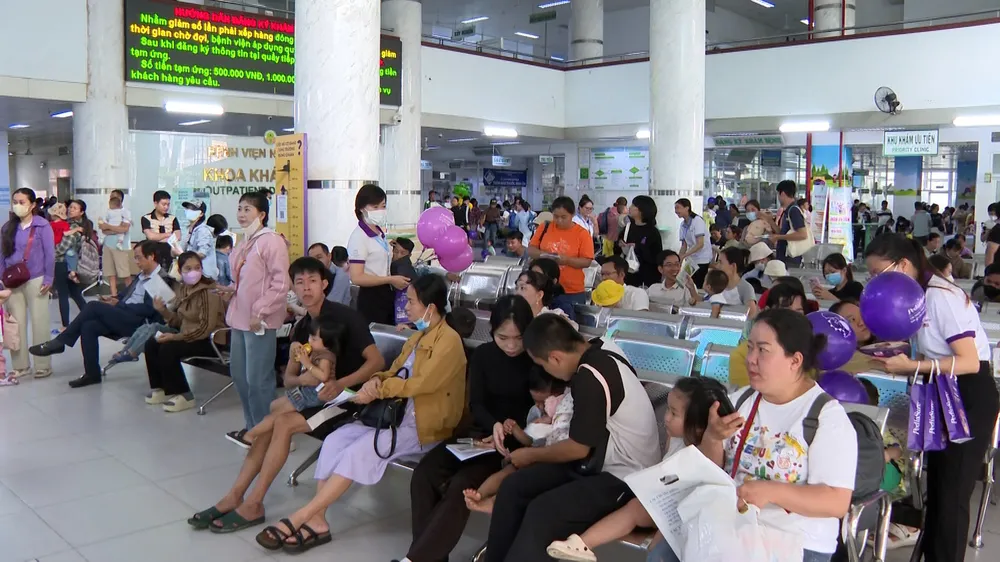
![[Photo] Delegation attending the Government Party Congress visited President Ho Chi Minh's Mausoleum](https://vphoto.vietnam.vn/thumb/1200x675/vietnam/resource/IMAGE/2025/10/12/1760240068221_dsc-3526-jpg.webp)
![[Photo] National Assembly Chairman Tran Thanh Man attends the 725th anniversary of the death of National Hero Tran Hung Dao](https://vphoto.vietnam.vn/thumb/1200x675/vietnam/resource/IMAGE/2025/10/12/1760285740475_ndo_br_bnd-8978-jpg.webp)


![[Photo] The 1st Government Party Congress held a preparatory session.](https://vphoto.vietnam.vn/thumb/1200x675/vietnam/resource/IMAGE/2025/10/12/1760257471531_dsc-4089-jpg.webp)

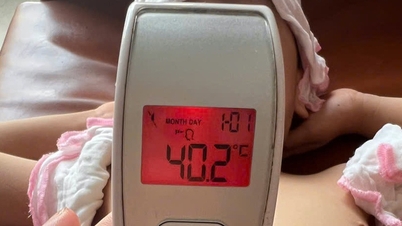






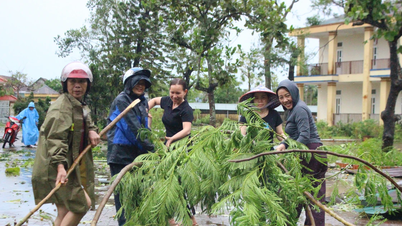



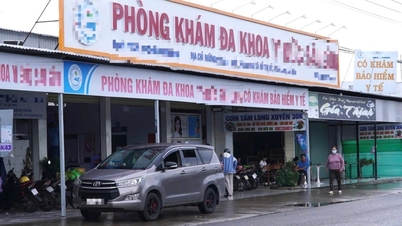



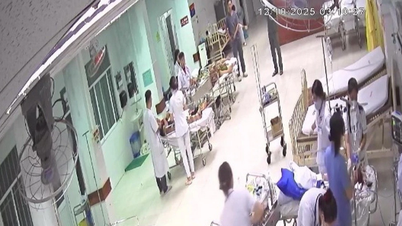

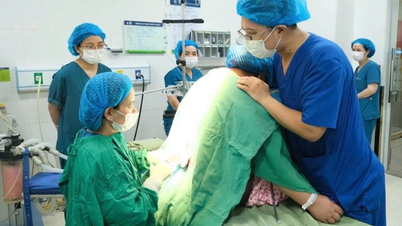
























































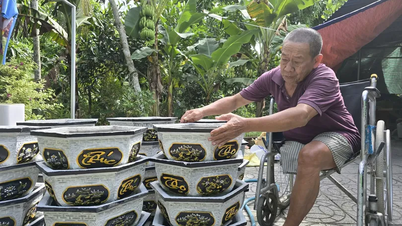


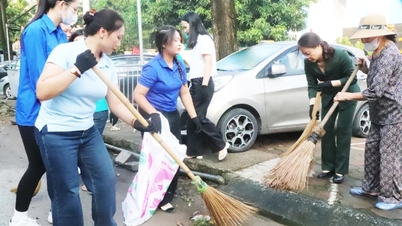















Comment (0)